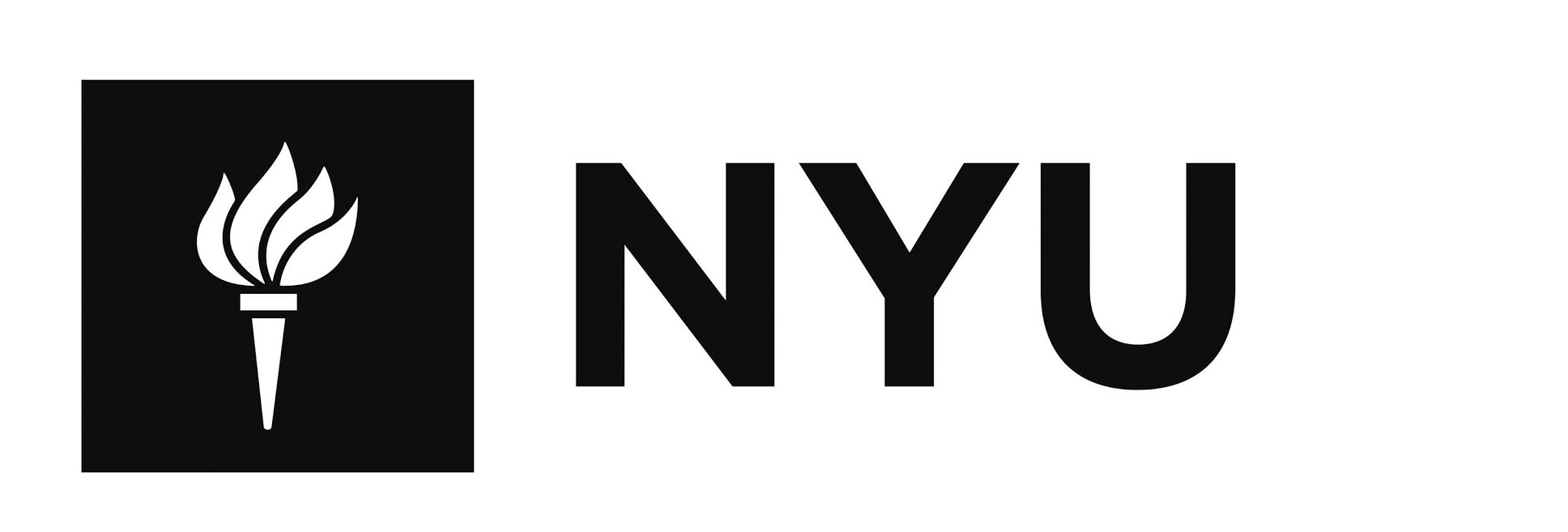#324 FREE SPEECH ON THE GO
IDENTIFY A PUBLIC SPACE
Our medium for "freedom of speech" is the ubiquitous yellow taxicab and the public transport network – spaces cherished and shared by millions of New Yorkers every day, where "the community of human destinies is experienced in the anonymity of non-place, and in solitude" (Marc Augé).
We would like to exploit these 'non-places' of transit where one usually escapes into the inner world of one's thoughts or simply 'switches off', in order to create moments of exchange and sharing of opinions and concerns on diverse topics.
We believe that "freedom of speech" applies universally to all public spaces. The ambition of our intervention is to gradually "occupy" public spaces of New York through a migratory auditorium that will transmit "free speech" throughout the city.
The first sequence of our intervention will kick off a gradual re-discovery of hidden and forgotten public spaces giving a "voice" to places such as Tomkins Square Park on the edge of gentrifying East Village, the only open plaza on Martin Luther King x Adam Clayton Boulevard in a vibrant African-American Harlem, and a Jewish-Mexican neighborhood park (42nd St x 10th Ave) deep in Brooklyn, as well as giving a new dimension to already popular places like Union Square or Washington Square.
Exploiting mobility and communication beyond the digitally networked city, we will share voices from the edges of society to the center and vice versa creating a unique intertwining of personal stories of New Yorkers.
DESIGN PROPOSAL
We have the ambition to physically re-connect the wider public spaces network of New York City with the non-spaces of transit through simple technology, 'capturing' the think-space bubble of transit.
Our transformation involves the speaker – a person willing to share his or her opinion; and the audience – people who are in a given public space at a given time. A "freedom of speech" cab ride to a destination gives the speaker a specific time frame to transmit “free speech” live via a Skype-based system. A similar system will be in a train carriage and on a train platform, on public buses and bus stops.
The mobile nature of the 'transmitter' locations as well as the changeable and programmable nature of the 'recipient' spaces will enable inclusive transmission of free speech from locations all over the city to locations all over the city, developing into a physical and a mental map.
The public space where live speech will be transmitted consists of simple elements – foldable chairs to sit on, and a screen with embedded audio. The location of the auditorium can change over periods of time. In this way "free speech" can "occupy" any public spaces in the city, enabling a gradual re-discovery of hidden and forgotten spaces such as Tomkins Square Park, as well as re-imagining already popular gathering places such as the Times Square.
IMPLEMENTATION
A pilot project will be implemented in partnership with an arts institution, such as PS1 Gallery, Storefront Gallery or MoMa. They will be able to bring their know how and experience in digital based installations, as well as lend space, screens and seating for creation of the live auditorium. Moreover, their recognition and media reach along with the tradition of freedom of expression in the arts will be important in spreading the word around.
Reaching and involving not only regular visitors, but also local residents and communities will be a priority of the pilot project, which will serve as a testing ground for interactive and spontaneous evolution of the idea. A curator will be appointed, either a person from the institution, or a locally based person from our own team. Curating will be foremost about enabling the different voices to be heard and facilitating a meaningful dialogue on different topics that will emerge from the speakers and audience, but also a continuous recording, communication and presentation of the outcomes.
For the technological interface we envisage a simple Skype-based system that will be readily available and where possible people's own mobile devices or other existing input screens will be used. For the pilot, the system will be tested from a taxicab, which will be distinctly branded. The momentum gained from the pilot project will be used to gain bigger support from media and digital partners to evolve the project further.
TEAM
Igor Marko is a London-based urbanist and architect involved in development of livable cities beyond traditional realms of architecture, focusing on transformational value of placemaking and green urbanism. His creative input was about linking physical and psychological reading of urban space as a catalyst for social renewal.
Milota Sidorova studied landscape architecture, graphic design, film production, urbanism and methods of social research. She is a former Fulbright scholar of the City College of New York and as #mwalker has extensively walked and mapped urban spaces of New York City, finding specific sites for our proposal.
Petra Havelska is a London-based architect, communicator and enabler of creative projects. She gained degrees in architecture and creative entrepreneurship and writes on participatory placemaking and the future role of architects. She led communication of the idea linked to the theory of non-places.
Igor Marko and Petra Havelska are co-founders of Marko&Placemakers, a London-based urban design and research consultancy for cities. Milota Sidorova is coordinator of reSITE, a Prague-based international conference on people-centred cities.







